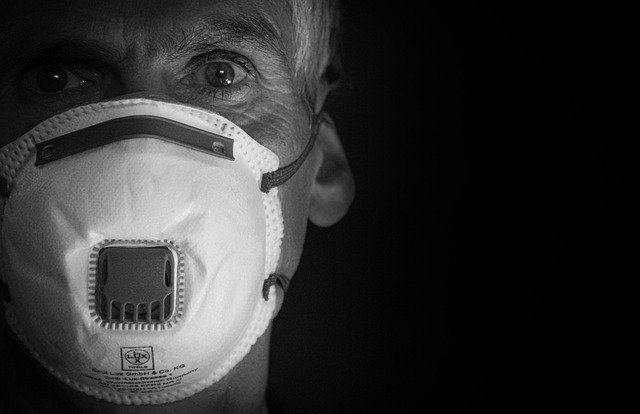
In a new study, researchers found that people infected with the new coronavirus may start spreading the virus several days before they have any noticeable symptoms.
The findings challenge key assumptions behind measures put in place to stop the spread of the pandemic, such as tracing contacts of an infected person only as far back as the time at which they began to show symptoms.
The research was conducted by a team at the University of Hong Kong and elsewhere.
Experts have long conjectured that some people who do not even know they are infected may transmit the virus.
But this new study suggests that even those who get visibly sick may be highly infectious before the onset of symptoms.
In the study, the team compared clinical data on virus shedding from patients at a hospital in China with separate data on “transmission pairs”—where one person is believed to have infected the other—to draw inferences about periods of infectiousness.
They took throat swabs from 94 patients admitted to Guangzhou Eighth People’s Hospital and measured infectiousness from the first day of symptoms for 32 days.
The researchers found that the patients, none of whom were classed as severe or critical, had the highest viral load soon after the onset of symptoms, which then gradually decreased.
It assumed an incubation period—the time between exposure to infection and appearance of symptoms—of a little over five days.
The team said that infectiousness started 2.3 days before symptoms appeared and was at its peak at 0.7 days before the first signs of illness.
They estimated that 44 percent of secondary cases in the transmission chains were infected during the pre-symptomatic stage.
Infectiousness was predicted to decrease quickly within seven days.
The findings have “important implications” for measures to control the pandemic, such as whether masks should be worn by those with no symptoms.
One author of the study is Eric H. Y. Lau.
The study is published in Nature Medicine.
Copyright © 2020 Knowridge Science Report. All rights reserved.



